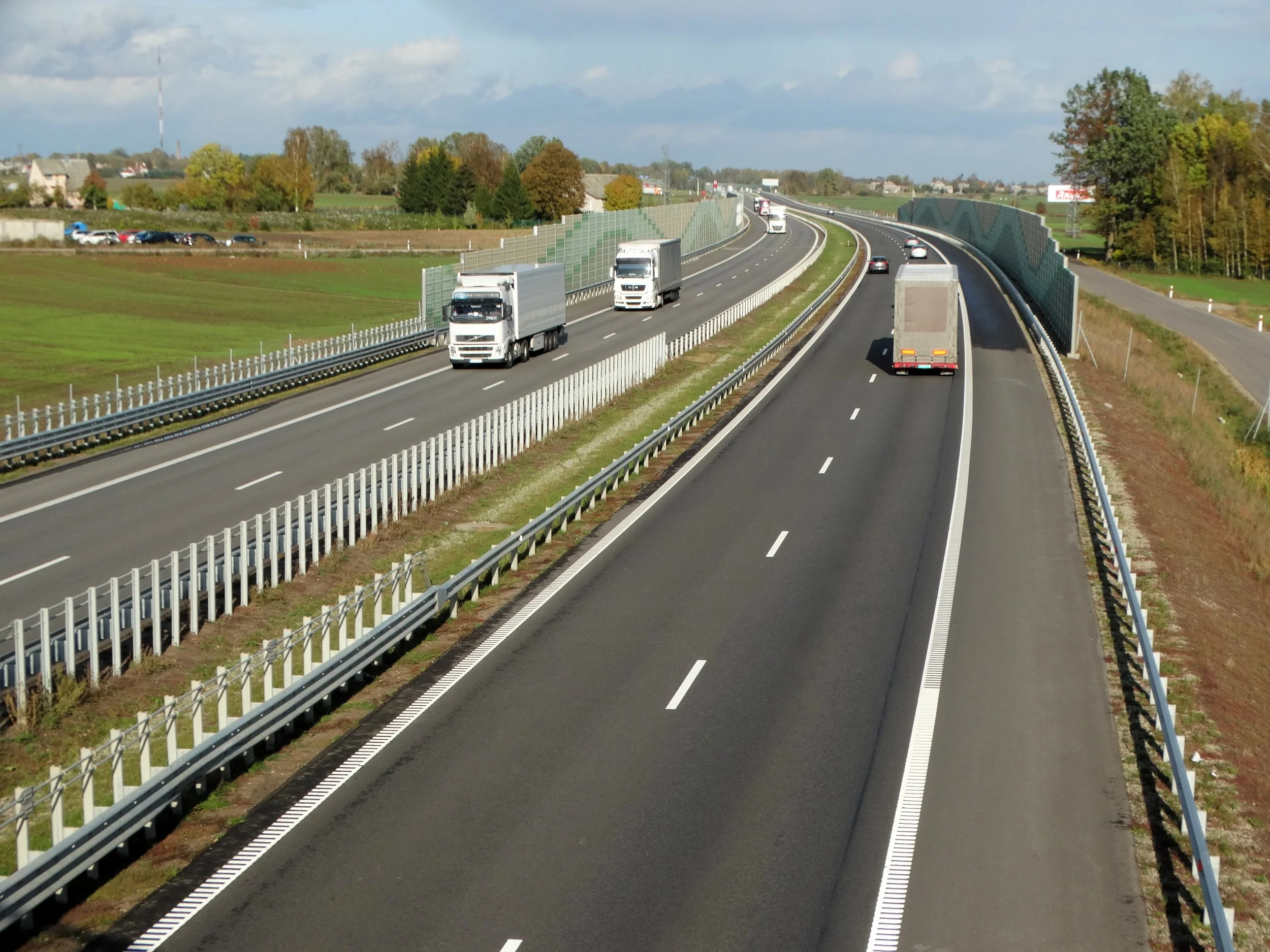Via Baltica Opens: New road linking Baltic states to Poland
The Via Baltica road provides a crucial connection for the NATO states’ defense against a potential Russian attack (Wikimedia Commons)
The Via Baltica, a major road connecting the three Baltic states to Poland, opened on October 20 amid rising tensions between the EU and Russia, according to EuroNews.
Spanning 970 kilometers, the highway begins in Warsaw, Poland’s capital, and passes through Lithuania, Latvia, and Estonia, finishing in Tallinn, Estonia’s capital. The construction of the Polish section of Via Baltica took over a decade and cost more than 11 billion zlotys (€2.6 billion), with nearly €1 billion provided by European Union funds.
The road will pass through the Suwalki Gap, a narrow strip of land between Belarus and Russia’s Kaliningrad exclave, an area that has often been described as a potential target for Russia in conflicts with NATO, according to Notes from Poland.
At the inauguration ceremony on the Poland-Lithuania border on Monday, Polish President Karol Nawrocki and Lithuanian President Gitanas Nausėda described the road as the region’s most important corridor. The Via Baltica project is expected to allow NATO troops to move faster to support the Baltic states in case of a Russian invasion. “This road has a dual purpose – it will help our economy and strengthen the defense capabilities of our region,” Nawrocki said, per AP News.
In addition, another railway project, known as Rail Baltica, is currently under construction, with its first sections due to open by 2030. Construction of the new 870-kilometer railway line, running from Tallinn to the Polish border, began in 2019, but was delayed by the disputes between the Baltic governments over the routing of the line. There have also been problems securing support from the European Commission, which considers the price, with costs quadrupling from the original €6 billion to €24 billion, to be too high.

